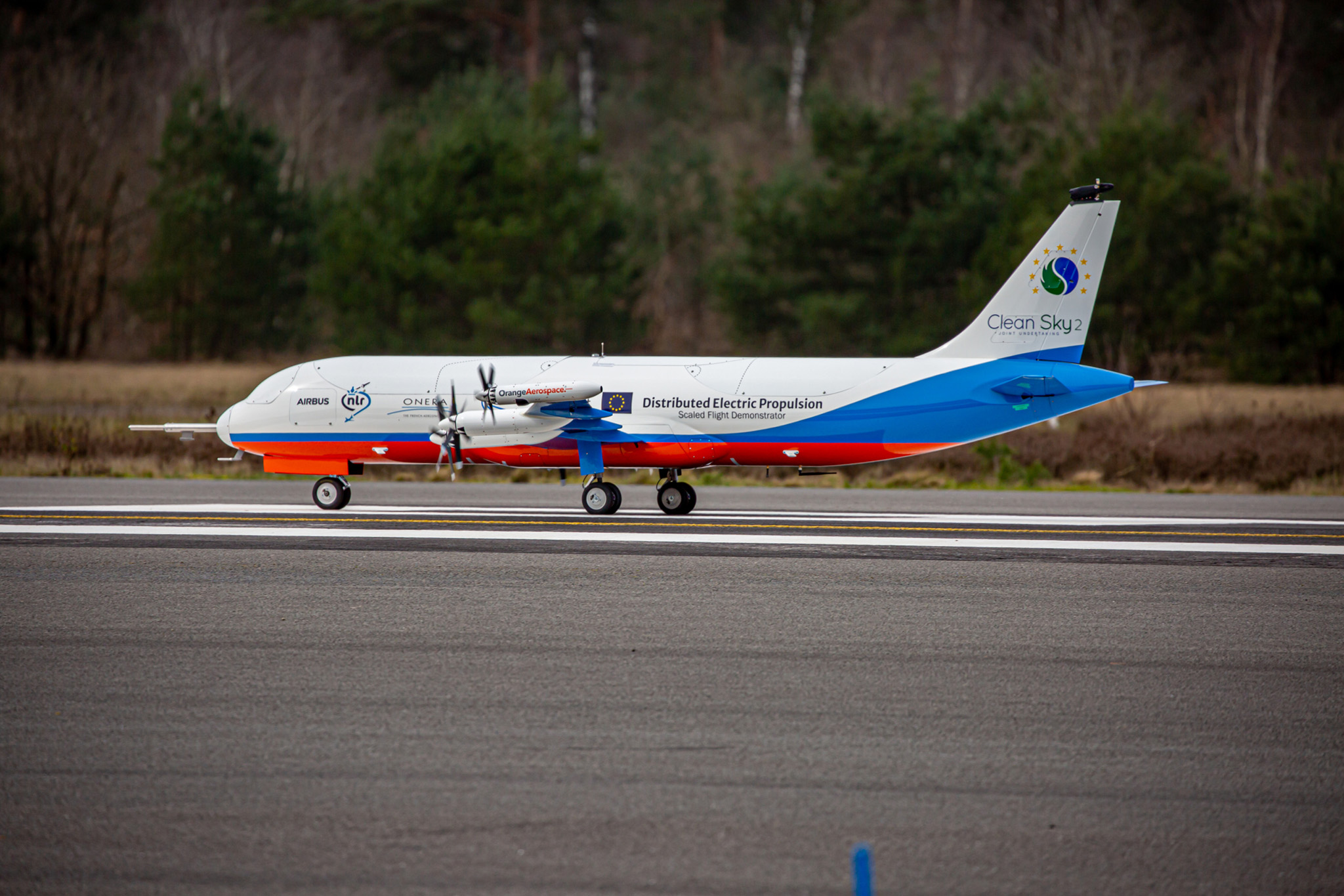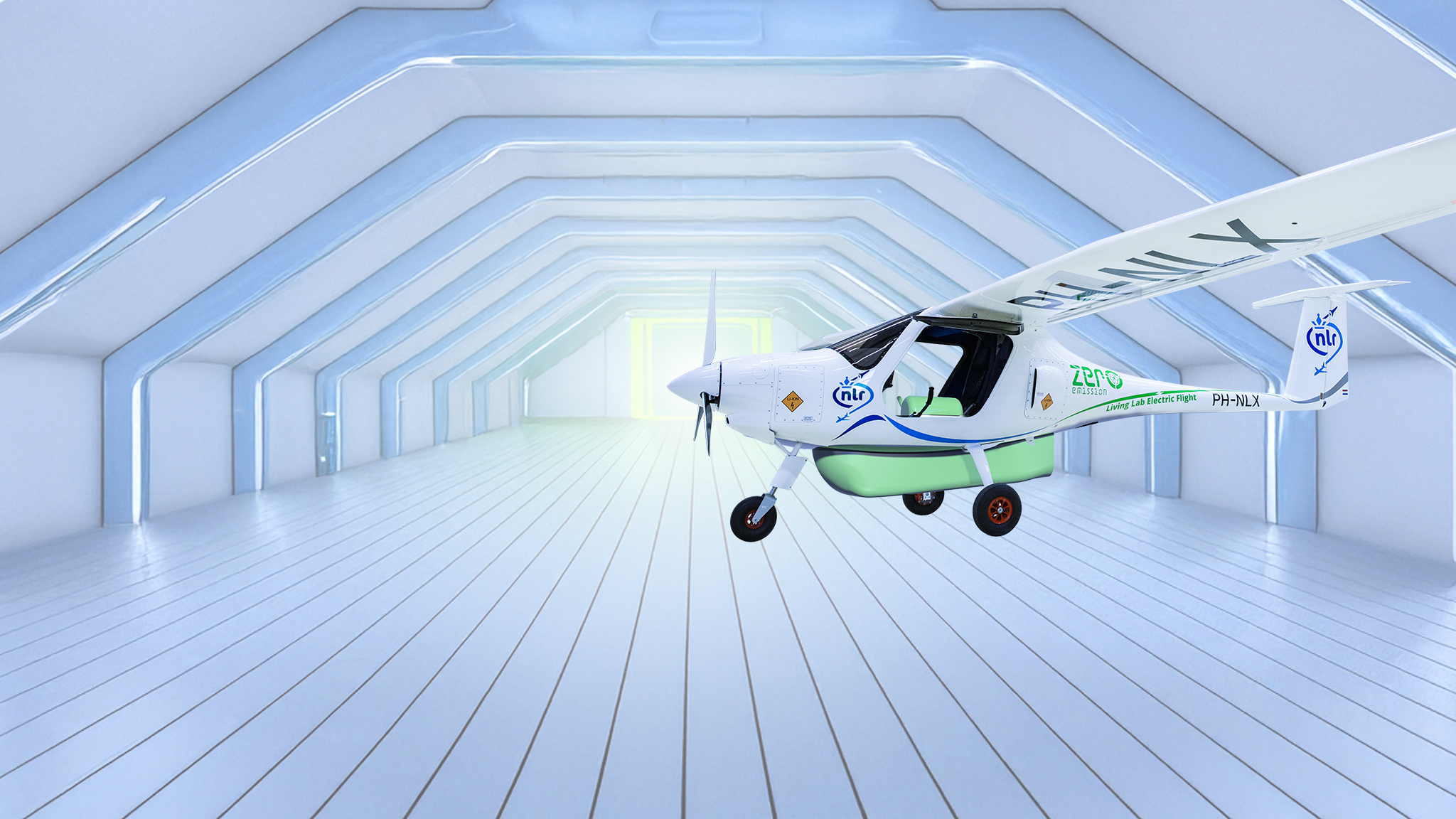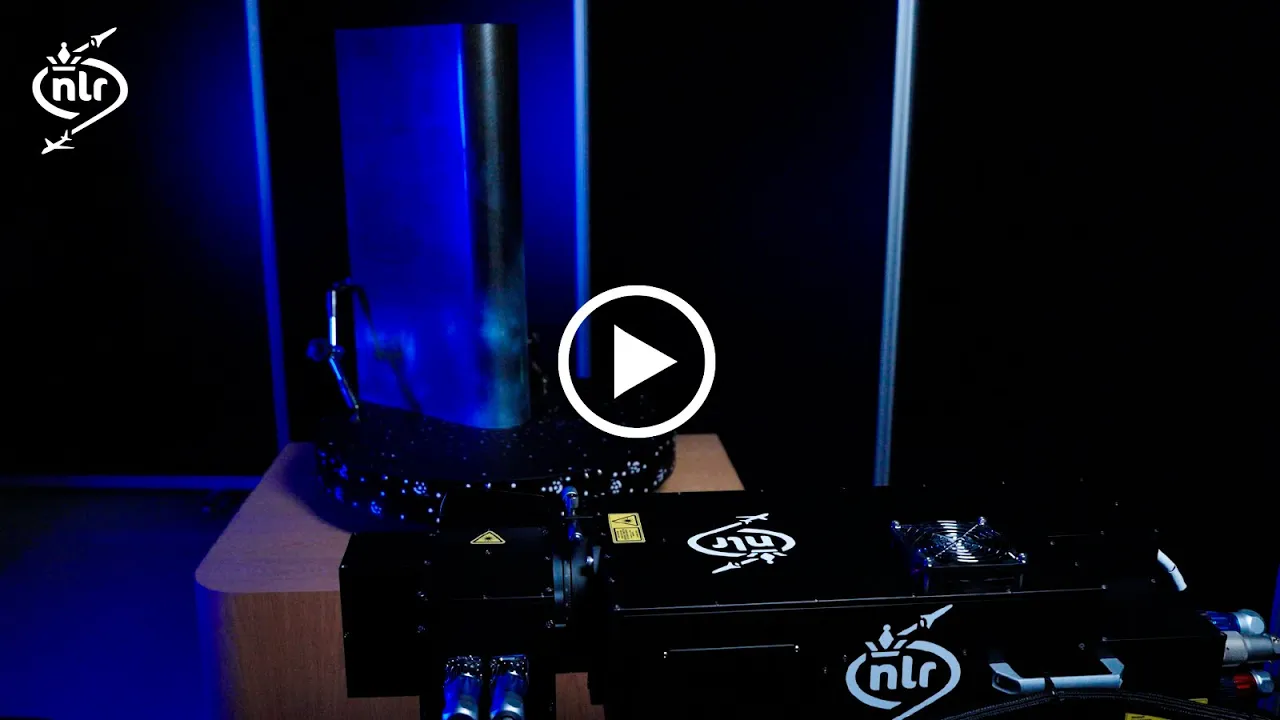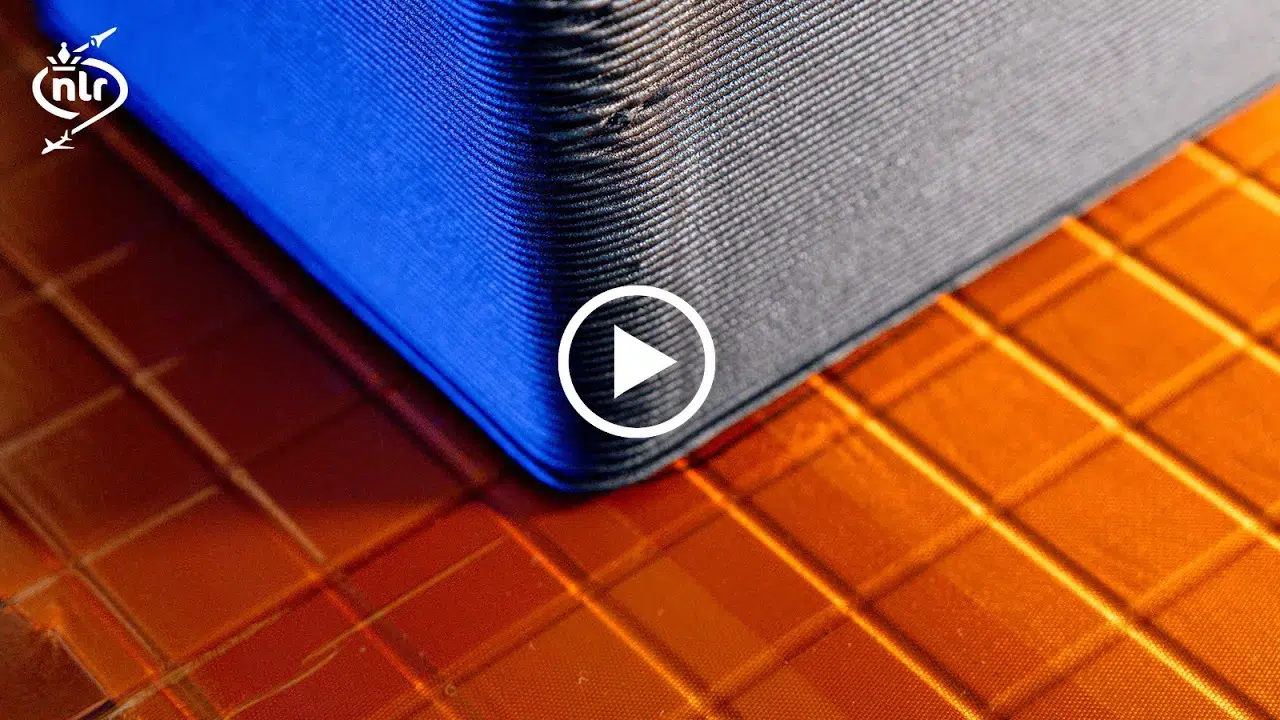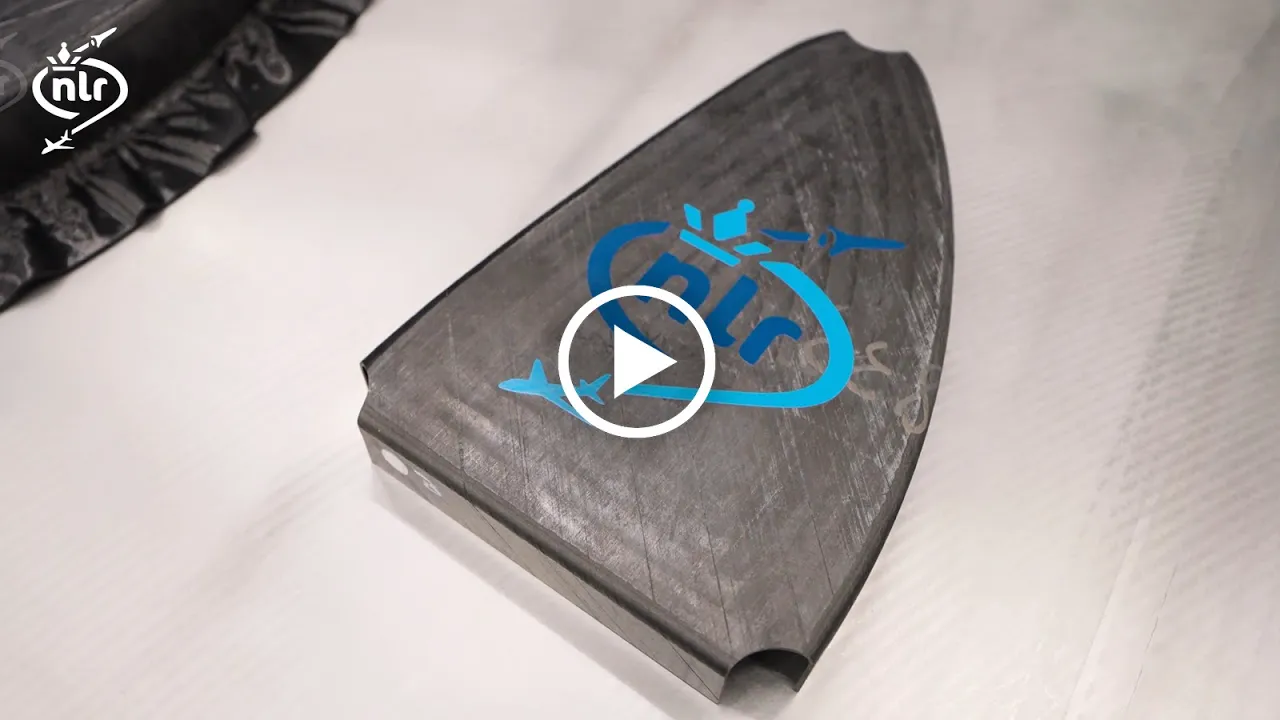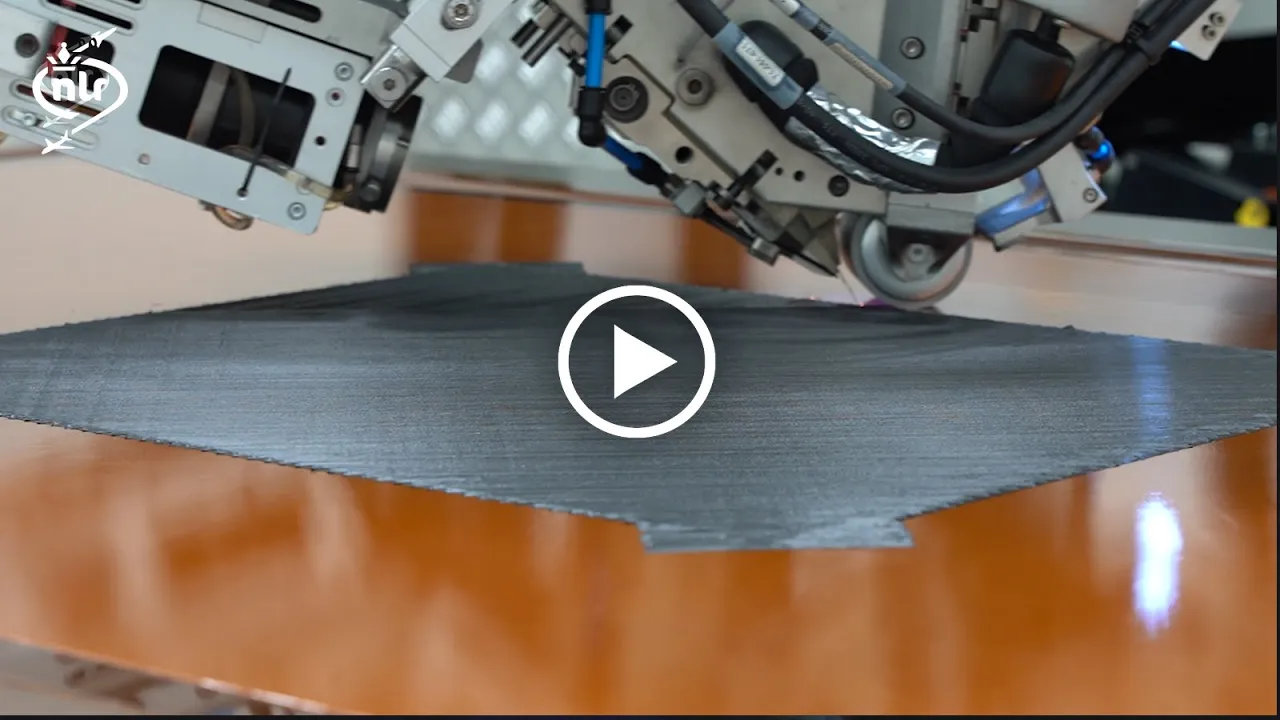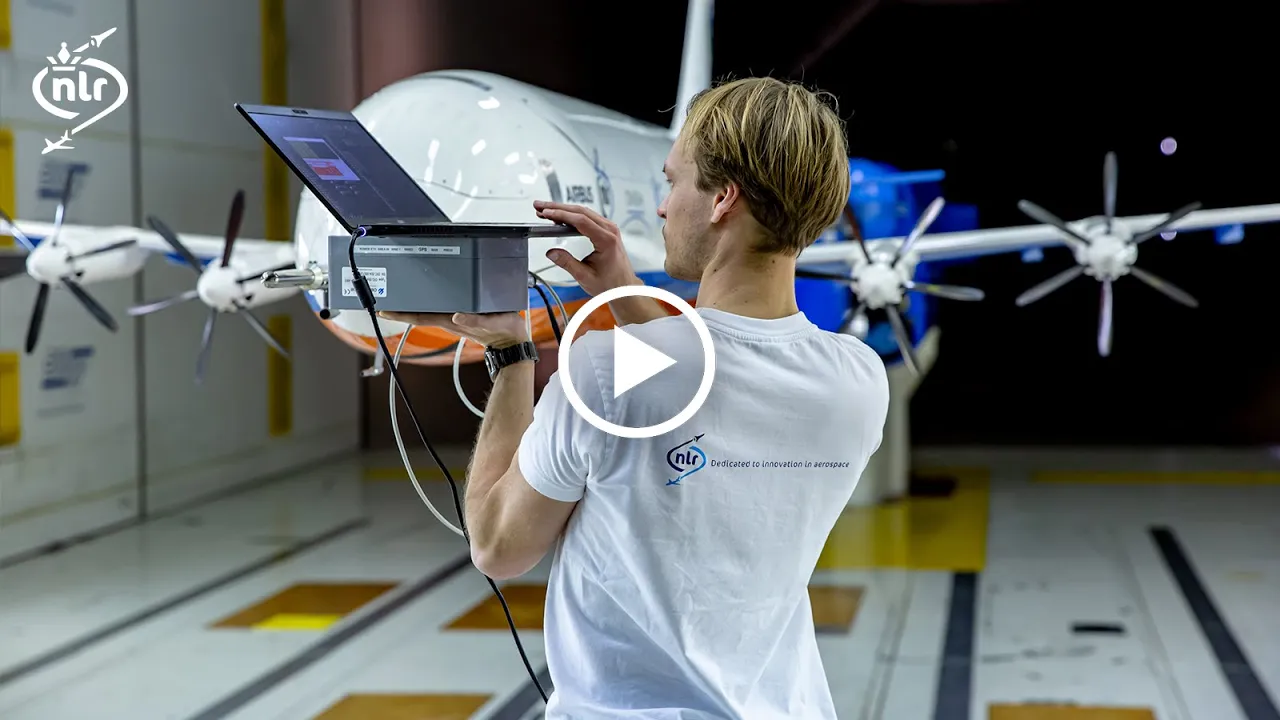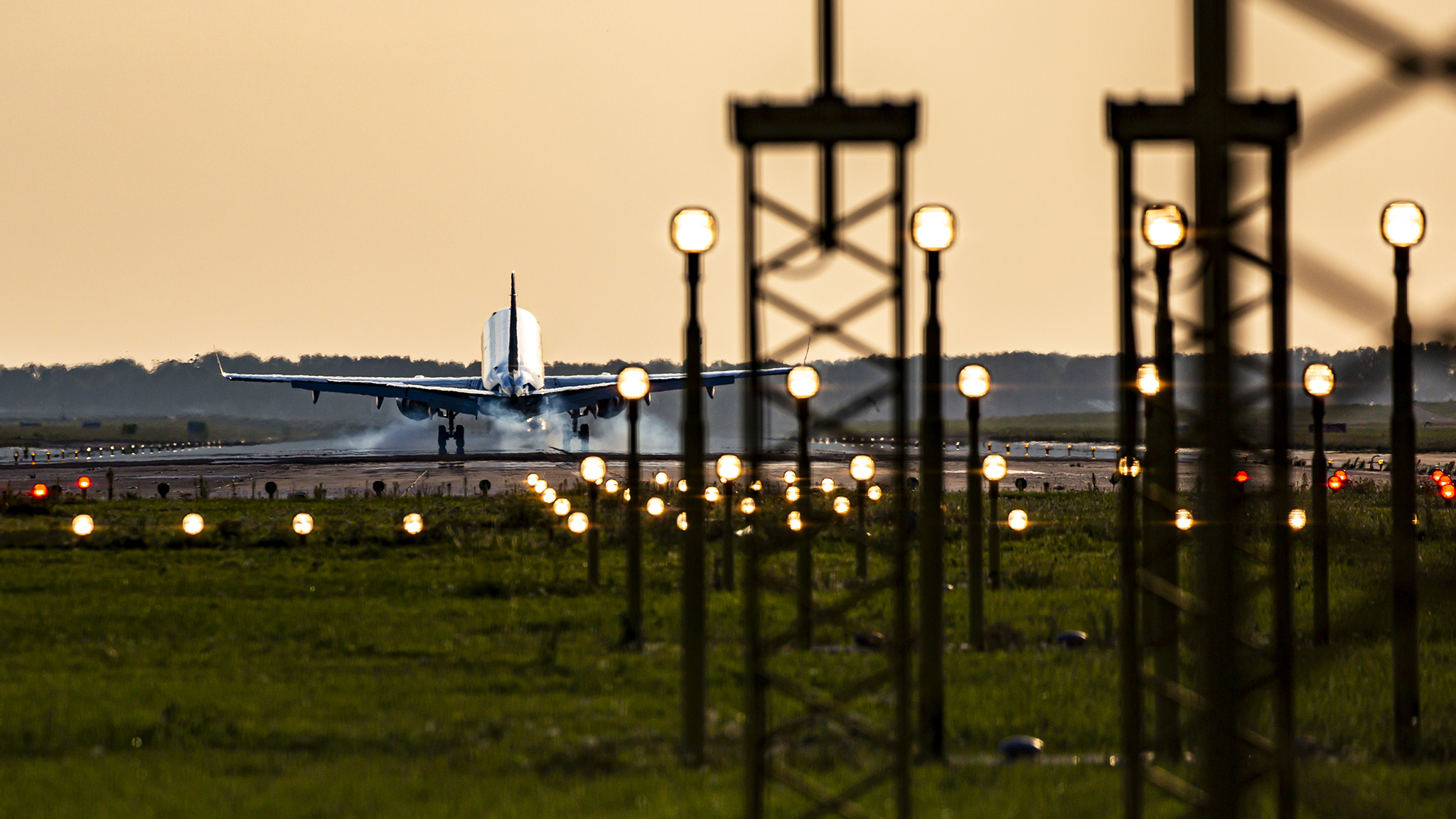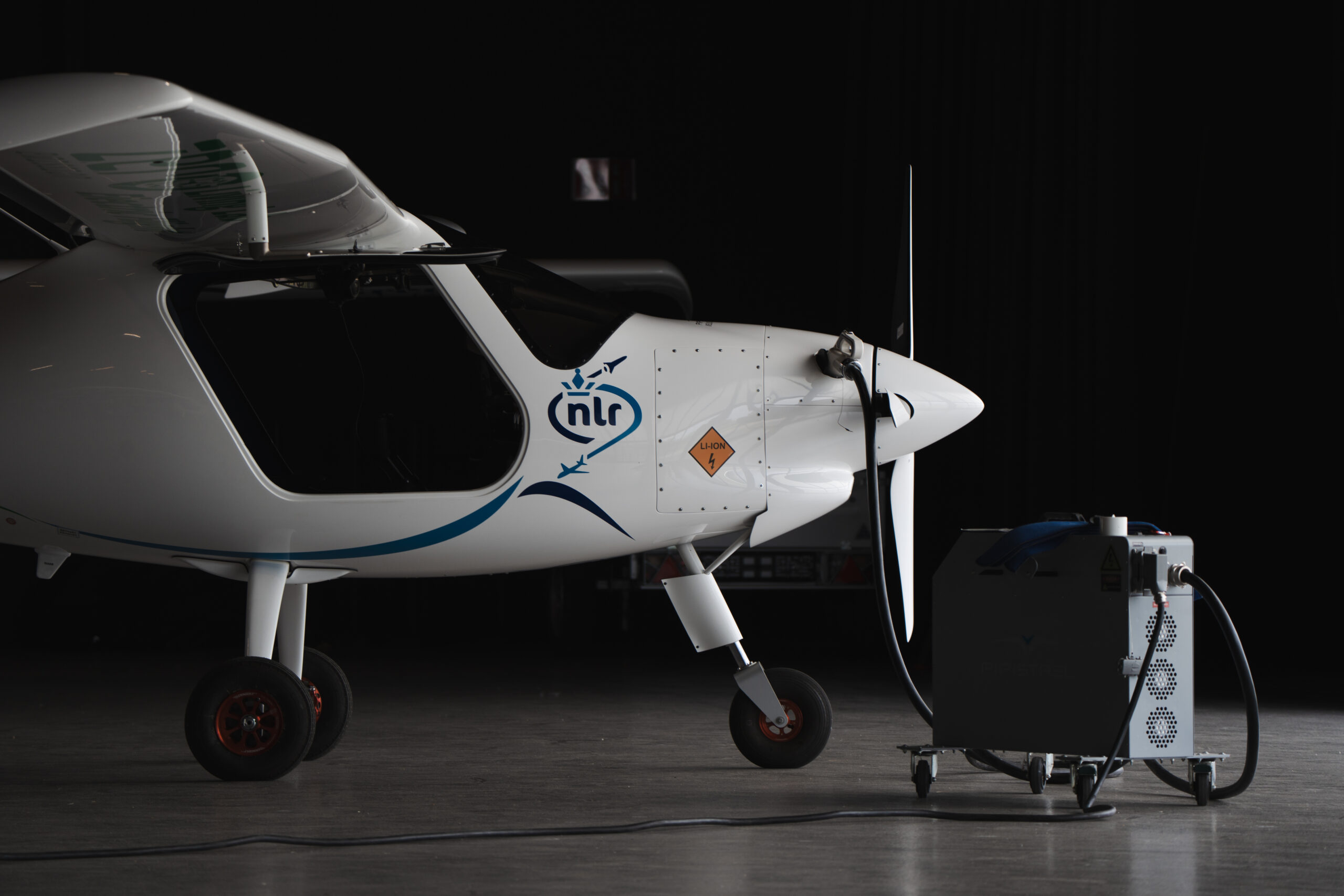
28 May 2025
NLR and E-Flight team up for electric flying
Electric flight offers promising prospects for aviation, whether using batteries or liquid hydrogen as an energy carrier. During a joint flight, Michel Peters of NLR and Evert-Jan Feld of E-Flight Academy reaffirmed their partnership to conduct further research in this area.
